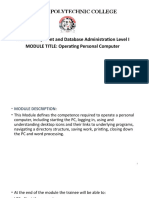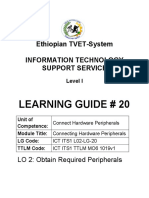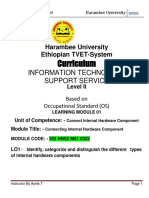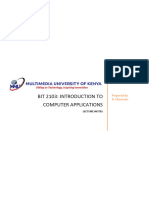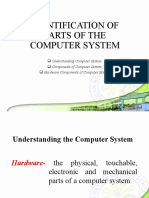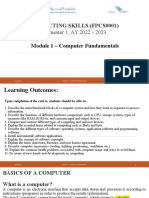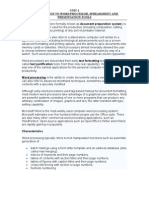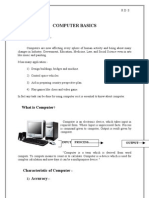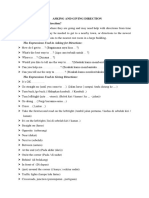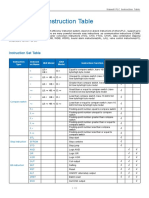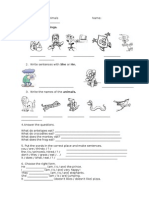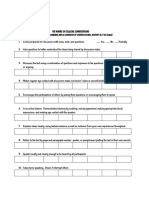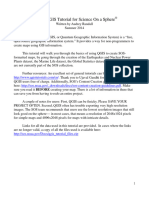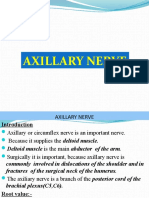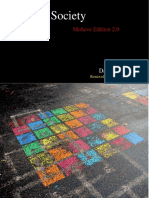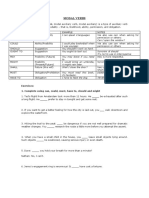82% found this document useful (11 votes)
34K views88 pagesBasic Computer Skills PPT Lecture Notes
The document provides an introduction to basic computer skills, defining a computer as an electronic device that can accept data as input, process it, produce output, and store information. It describes the main components of a computer including the input, central processing, primary memory, secondary storage, and output units. Examples of common input devices like keyboards, mice, digital cameras, and scanners are also outlined.
Uploaded by
zemedu abebeCopyright
© © All Rights Reserved
We take content rights seriously. If you suspect this is your content, claim it here.
Available Formats
Download as PPTX, PDF, TXT or read online on Scribd
82% found this document useful (11 votes)
34K views88 pagesBasic Computer Skills PPT Lecture Notes
The document provides an introduction to basic computer skills, defining a computer as an electronic device that can accept data as input, process it, produce output, and store information. It describes the main components of a computer including the input, central processing, primary memory, secondary storage, and output units. Examples of common input devices like keyboards, mice, digital cameras, and scanners are also outlined.
Uploaded by
zemedu abebeCopyright
© © All Rights Reserved
We take content rights seriously. If you suspect this is your content, claim it here.
Available Formats
Download as PPTX, PDF, TXT or read online on Scribd
/ 88















